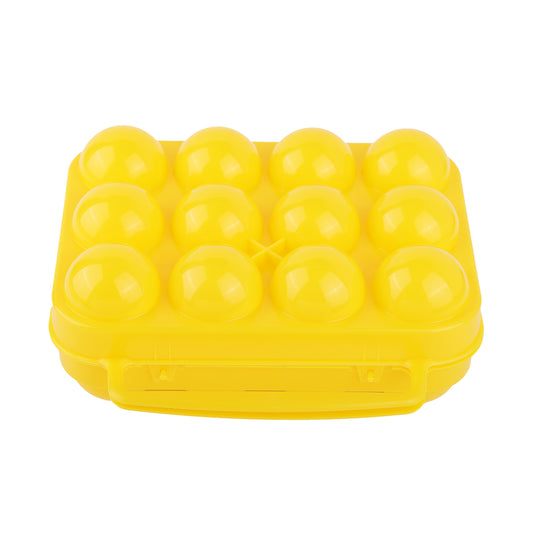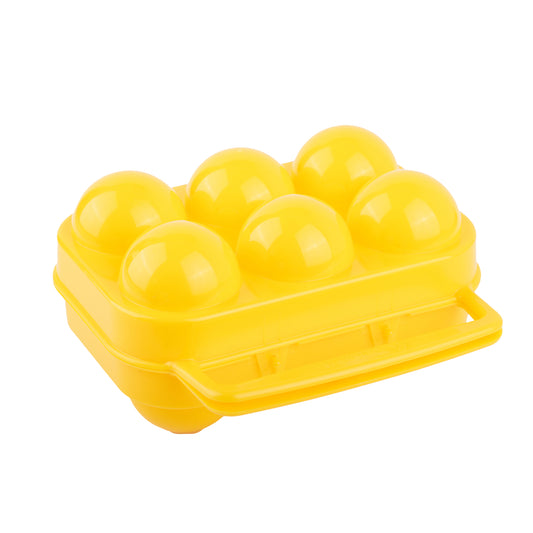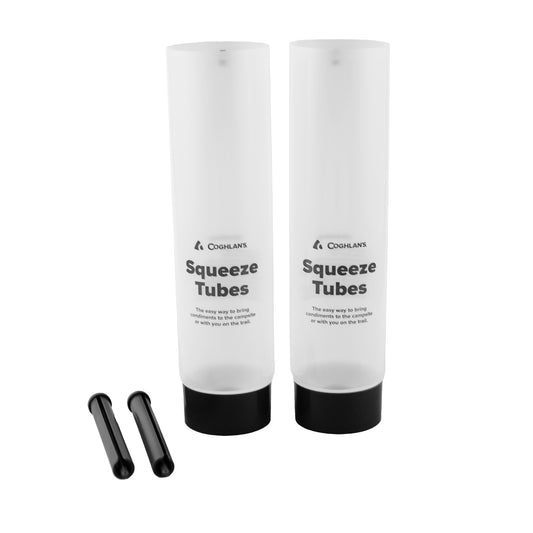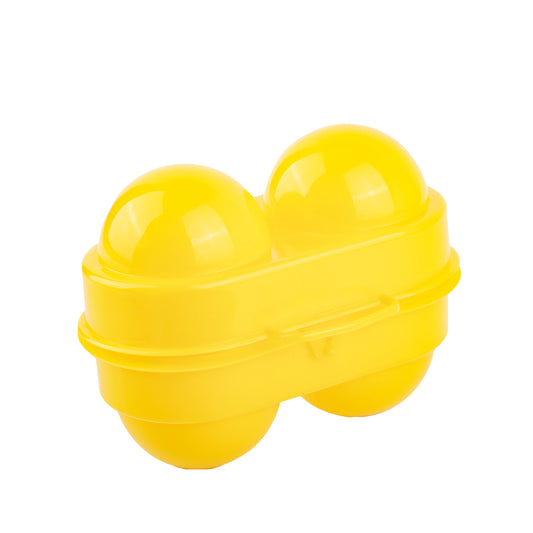Ice Packs vs. Ice
If the idea of draining soggy waterlogged coolers (aka “hotdog soup”) is unappealing to you as it is to us, ice packs are your best friend. Flex-packs that allow yu to bend and hold the ice to fill smaller spaces are great to use towards the top of your cooler to reduce dead air, while larger hard-sided packs work well as part of your cooling foundation.
Buying a bag of ice? Try to grab one from the back of the freezer where it’s frozen into larger blocks – it will last longer. You can also DIY your own ice packs at home by freezing water bottles or Ziploc bags filled with water to make ice blocks.
A general rule is to aim for .75 lbs. of ice for every quart of your cooler, or essentially a 2:1 ratio of ice to food. If your cooler is 1/3 food and drinks, the other 2/3 should be ice.
Tips to Keep Your Cool:
Pre-chill your Cooler: Has your cooler been sitting up in your attic? Or in a hot garage? To maximize a cooler’s ability, we recommend tossing some ice packs in your cooler a couple hours before packing it to pre-chill it – this makes all the difference. This way when you go to pack it, the ice and frozen food that’s meant to keep the rest of the food cool isn’t immediately used towards an initial cool-down of the cooler.
Avoid “Dead Air”: Those nooks, crannies and empty spaces in your cooler? They’re actually causing your food and ice to melt faster. Now is not the time to pack light. The key is to make sure that these are filled in as much as possible, dumping a bag of ice to fill this space works for the short term, but for those longer camping trips we’d opt for re-usable ice packs, drinks and frozen foods. Lastly, be mindful about the size of cooler you need. There’s no sense lugging a 65-quart cooler for a two night trip if you don’t need it.
Prep & Transfer: Playing cooler Tetris is much easier when you’re stacking containers of snacks, groceries and ingredients rather than whole bell peppers and cukes. Trust us, you’re underestimating the amount of space that your ice will take up. So, reusable containers are your friend here, but you can’t forget gear like the Coghlan’s Egg Holder and the Squeeze Tubes – the cooler is where they really shine. Consolidating things like condiments and spreads helps you maximize every inch of your cooler, besides, you didn’t need to bring that entire bottle of maple syrup anyway. Taking that extra moment to re-pack and transfer your groceries like this can be the difference between a delicious campsite dinner and an unexpected, early drive home.
A well-packed cooler can be the unsung hero of your camping trip. Taking a few extra minutes to plan, prep, and pack properly means fewer soggy sandwiches, no crushed snacks, and ice-cold drinks ready when you want them. Plus, it keeps your food safe and helps your ice last longer. So next time you hit the road, pack smart and keep those campsite good times flowing.









